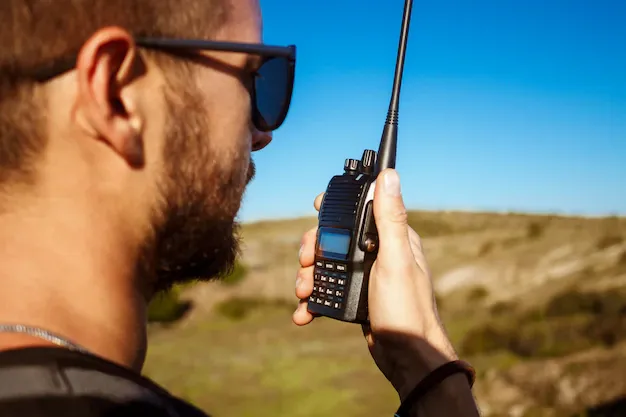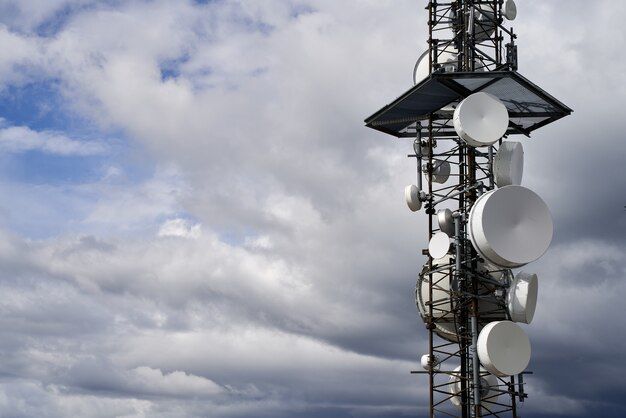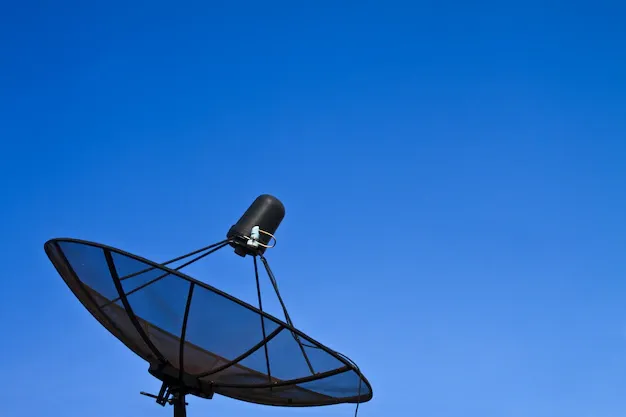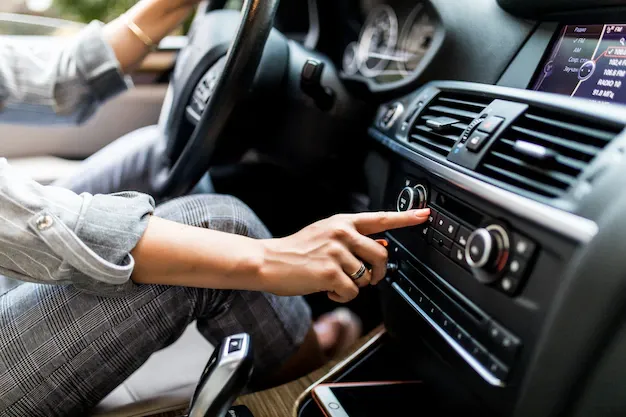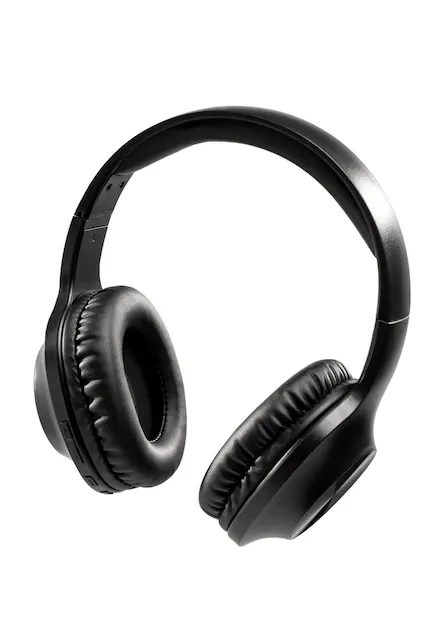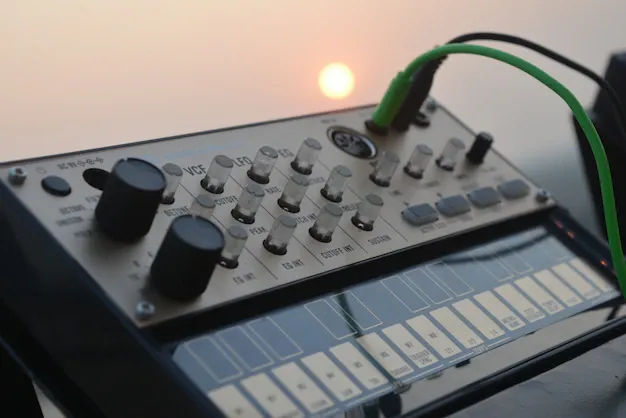
Send Inquiry
How to Use Ham Radio?
Are you feeling puzzled when you first lay eyes on a ham radio? Especially if you're used to smartphones, diving into ham radio operation might seem a bit overwhelming. But fear not – let's break it down step by step to make things simpler.
Step by Step Guide to Use a Ham Radio
Step 1: Get a License
The very first, and crucial, step is getting a ham radio license. It's like a driver's license but for radios. Yes, you need it! The license requirements vary by location, but there are three main types: Technician, General, and Amateur Extra. Each opens up different frequency ranges for you to explore.
Step 2: Set Up Your Equipment
Before diving into radio chats, ensure your equipment is set up correctly. Choose the right radio for a smooth experience. Follow the manual – plug it in, connect a microphone, and turn it on. Don't skimp on accessories; an antenna and receiver enhance your radio's performance, extending its reach.
Step 3: Turn On the Radio
Once everything's connected, find that power switch. It's usually a rocker button. Some radios have a light that signals it's ready for action.
Step 4: Set the Frequency
After turning on the radio, select the frequency based on your purpose. VHF (Very High Frequency) for line-of-sight communication or UHF (Ultra High Frequency) for broader coverage. The choice depends on your intended use and the range you want.
Step 5: Make Your First Call
Time for the exciting part – making your first call. Start with a general call, saying "CQ." It connects you to a random contact. Follow the script – CQ, CQ, CQ Calling CQ, and wait for a response. Keep it concise, as anyone can answer.
Step 6: Talk to the Person Who Answered
When someone responds, chat away! Unlike smartphones, keep it short and to the point. Others might be trying to connect, so be mindful.
Step 7: Join a Conversation
Ham radio lets others hear your talks, so anyone can join. Wait for a pause to introduce yourself. In emergencies, say "break"; otherwise, don't intrude.
Step 8: Stay Away
Know when to stay back. During contests, like DX-ing, where people try to reach farthest stations, wait until it's over before joining in.
Step 9: End a Conversation
Closing a talk is as vital as starting it. Learn some radio etiquette – sign off with "73" or "Best Regards" to politely signal the end.
Equipments That Use Ham Radio
1. Handheld Transceivers (HTs)
Compact and portable radios that are great for communication on the go. They often include a built-in antenna and are commonly used for local communication.
2. Mobile Transceivers
Similar to handheld transceivers but designed for use in vehicles. They have more power and extended range, making them suitable for mobile communication.
3. Base Stations
These are larger ham radio setups designed for use at a fixed location, like a home or an office. They usually have higher power and better antennas, providing increased range.
4. Repeaters
These are powerful stations set up in strategic locations to enhance the range of communication. Repeaters receive signals on one frequency and retransmit them on another, extending the coverage area.
5. Antennas
An essential component of any ham radio setup. Different types of antennas are used for various purposes, such as dipole antennas for general use, Yagi antennas for directionality, and wire antennas for stealthy installations.
6. SWR Meters
Standing Wave Ratio meters are used to ensure that the antenna is properly matched to the radio, optimizing efficiency and minimizing signal loss.
7. Tuners
Antenna tuners help adjust the impedance match between the radio and the antenna, ensuring efficient transmission and reception of signals.
8. Power Supplies
Ham radios often require a stable power source, and dedicated power supplies are used to provide the necessary electrical power.
9. Headphones and Speakers
For private listening or sharing communications with others in a room.
10. Keyers and Paddles
Used by operators who prefer sending Morse code, these devices assist in manual keying.
11. Computers and Software
Many ham radio operators use computers to enhance their experience. Software can assist in logging contacts, decoding digital modes, and controlling the radio.
12. Weather Stations
Some ham radio operators integrate weather stations into their setups to gather and share real-time weather information.
13. Packet Radio TNCs
Terminal Node Controllers (TNCs) enable packet radio communication, allowing for the exchange of data and messages.
14. Satellite Communication Gear
Specialized equipment designed for communicating through amateur radio satellites, expanding the reach of communication beyond terrestrial boundaries.
15. APRS (Automatic Packet Reporting System) Devices
Used for real-time tracking and digital communication, APRS devices are popular among ham radio operators involved in emergency services and outdoor activities.
Conclusion
Congratulations! You've just unlocked the secrets of ham radio operation. From getting your license to making that first call, you're now part of a global community. So, grab your radio, follow these steps, and start chatting.


